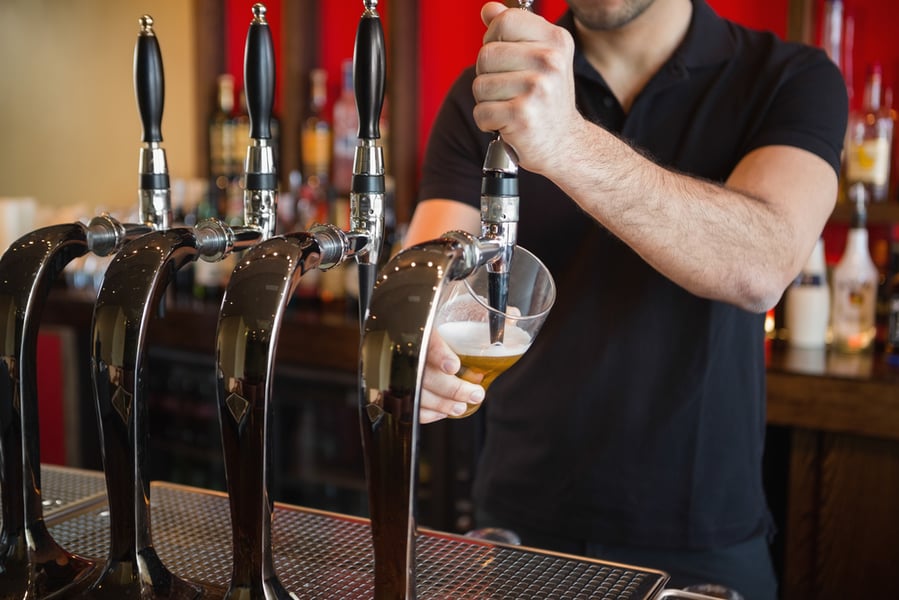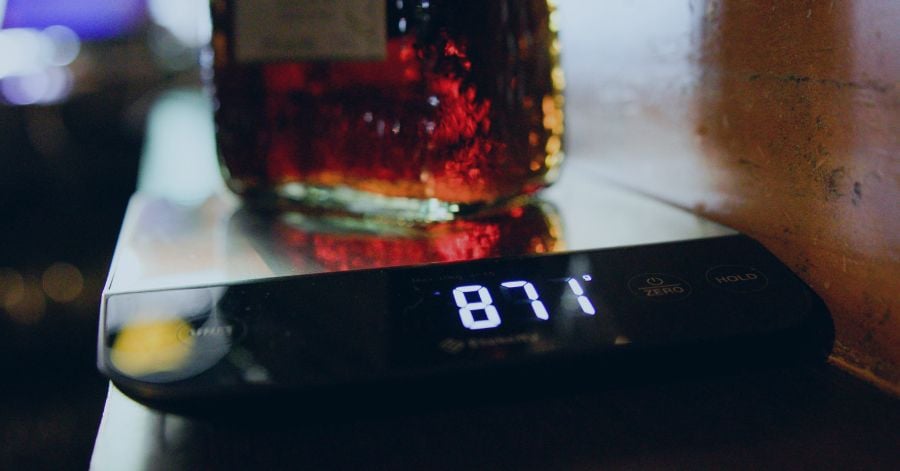The reopening of bars and restaurants are well underway in most regions which means owners have implemented new processes and should have cleaned all of their equipment in preparation.
But, an area that may have been overlooked is your draft system. Before you shut down during the pandemic, your draft system should have been cleaned, however, if you were not able to clean the lines, or if you were only able to clean them once during the shutdown, then you should schedule for your lines to be cleaned before reopening to the public. Not cleaning your lines could cause bacteria to build up and compromise the quality of the beer and efficiency of the system itself.
If cleaning your draft system is still on your to-do list for your bar or restaurant, then here are some tips from our friends at Bevchek that you can follow for optimal cleanliness and efficiency.
Get professional help
Schedule for a professional company to come in and clean your lines and faucets.
- Each faucet should be removed from the tower or wall, disassembled and thoroughly scrubbed and cleaned with soapy water.
- Rinse each faucet and reassemble onto the tower or, ensure that the faucet is secured tightly
The Brewers Association recommends line cleaning with chemical cleaning solutions, especially since lines were not used for a number of weeks. The lines should be thoroughly rinsed with water to remove all cleaning solutions. Once the lines have been flushed, they should be cleaned using a properly diluted acid solution. Again, the lines should be thoroughly rinsed once the acidic solution has completely run through the lines. Lastly, be sure that the pH of your lines are balanced by using pH strips to ensure all chemicals have been flushed from the system.
Clean the kegs
Make sure all kegs are unhooked from the unit. Start by cleaning the couple with hot water and a small amount of soap, then clean the top of the keg spear (Where the small metal ball is on the keg) with the same solution. Lastly, thoroughly rinse both areas and allow them to dry.
Test the gas
Once the lines are cleaned, turn on the gas system. Look for the cutoff switches and turn 90 degrees so the “arm” of the valve is parallel to the gas tube. If you have questions be sure to call a professional immediately or call one sooner if you don’t feel comfortable to complete this process on your own.
*Extra Step* for those who have a glycol system
This is an additional step, mentioned in a blog by the Brewers Association for those who are using a glycol system. Assuming that the temperature of the power pack was adjusted during the shutdown, readjust the temperature back to its original setting. It is recommended that the operating temperature sits between 28-30F, but always be sure to follow the systems’ manual for recommended temperature settings.
Cleaning a draft system is not always that simple. Each draft system is used and set-up differently, therefore the cleaning process can depend on many localized variables. If you are unsure of the process get professional advice.
Now that your system is clean, it’s time to inspect the liquid gold. Depending on the type (pasteurized or non-pasteurized), beer can last anywhere from 45-120 days. If you have beer that has been sitting within or close to that timeline, it is an important step to taste test it for quality assurance before serving it to the public. It isn’t just the overall taste of the beer that needs to be tested, you should also be looking at the appearance, aroma, flavor, colour and carbonation. If you do notice any issues or have questions about the beers shelf-life be sure to contact your distributor.
Lastly, it’s important that the inventory of all beer and liquor stock is completed before opening day or even if you’ve already opened and need to ensure optimized profitability. The last thing you want is to be under or overstocked with unknown expectations. If you need any assistance with managing your inventory and auditing your available stock please give us a call.
For those who have opened, we would love to hear from you and how the reopening has been. For those still waiting for the go-ahead from your government, hold tight, we hope your time will come soon.
In the meantime, if you have any questions about reopening or need assistance with your inventory please do not hesitate to reach out!










